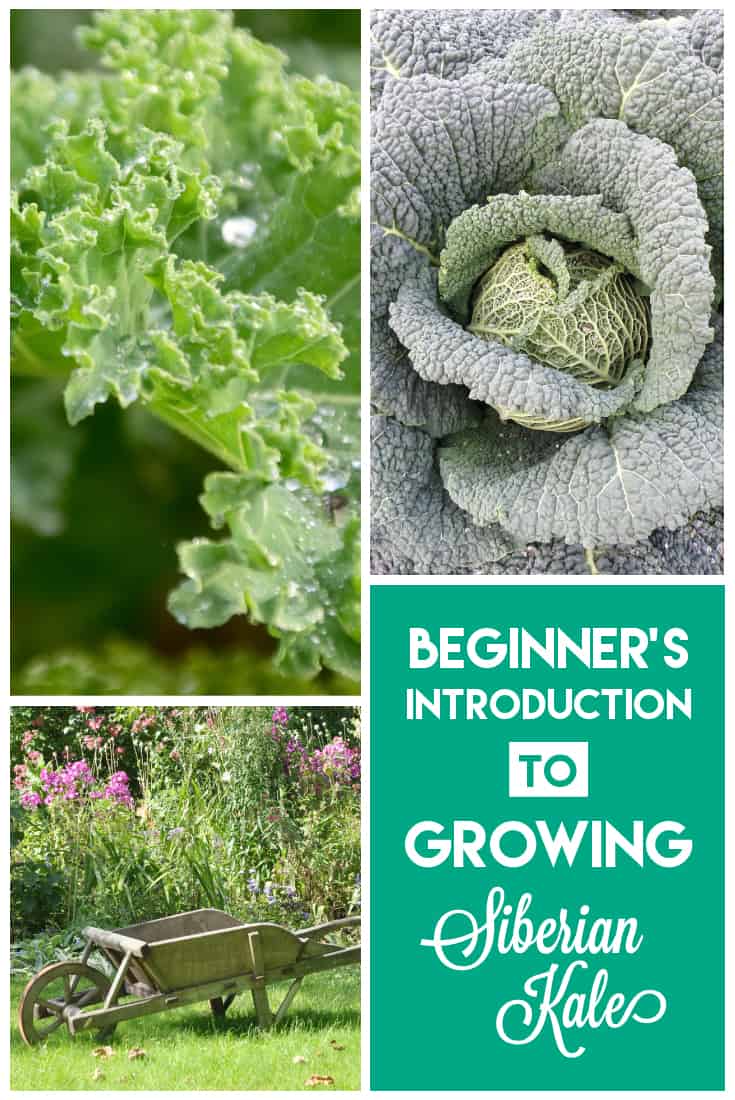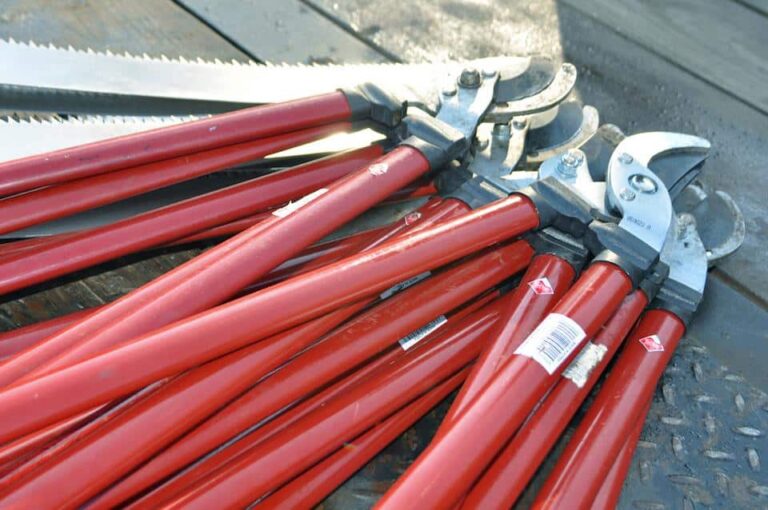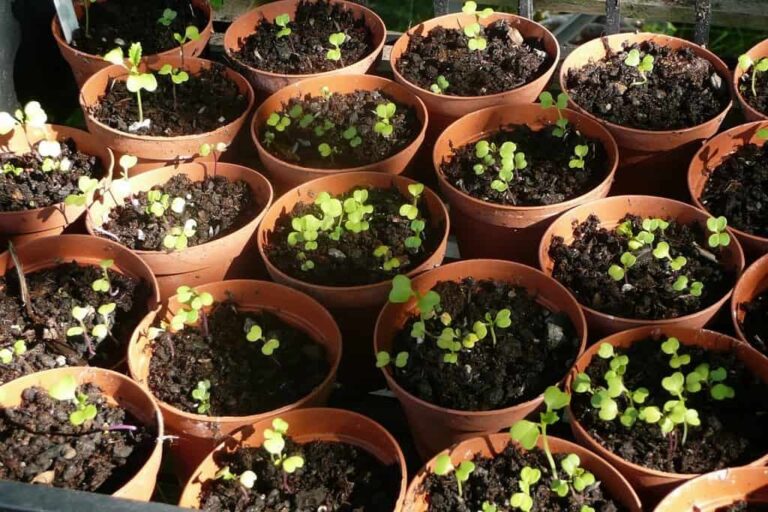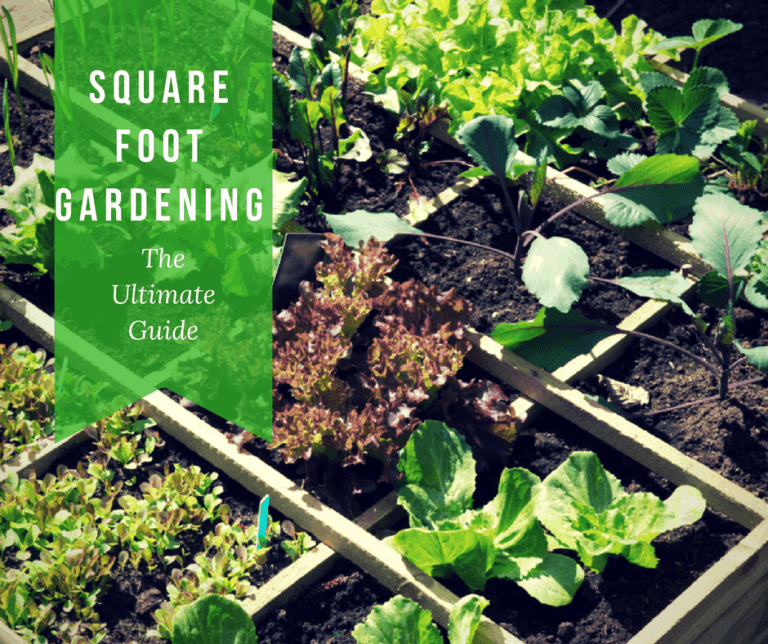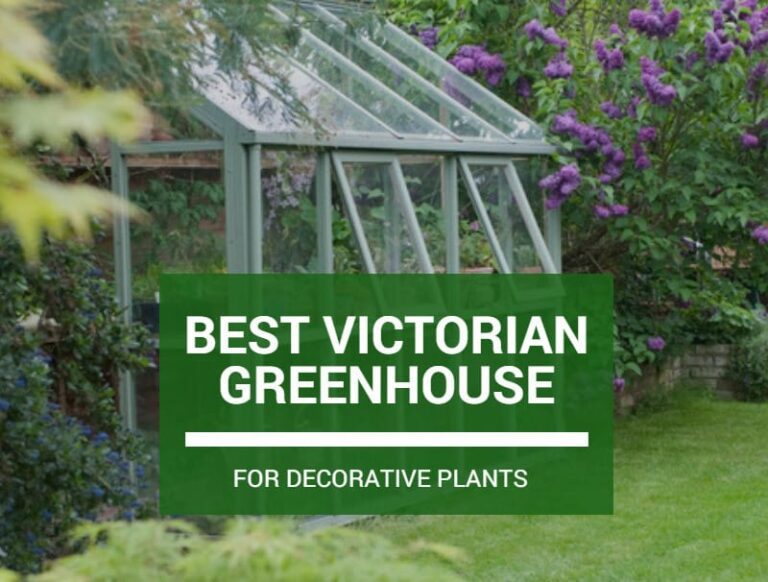Facts & Info About the Onion Plant
You can grow an onion plant from seed, from a set (or bulb) or from a transplanted seedling. Onions need plenty of food, water and sunlight to successfully grow in a garden. As your onion plant grows in the garden, fertilize it on a regular basis and give it at least an inch of water per week. Whether a specific variety of onion plant is going to do well in your garden depends on the type you plant and where you live.
Quick facts
Onions can grow in pretty much any part of the US and throughout many areas of North America. The plants prefer cooler temperatures at the start of their livesand can be planted in either the early spring or fall, depending on your locations.
Starting an Onion Plant
You have three options for starting an onion plant in your garden. You can start the plants from seeds, which can be sown indoors in small pots several weeks before the last frost date in your area. Or, you can direct sow the seeds in your garden.
Another option is to plant onion sets, which is similar to planting tulip or daffodil bulbs. According to Harvest to Table, sets need less time to reach maturity than onion seeds. They are also more resistant to diseases.
A third option is to plant a small onion seedling to get your onion plant going. Seedlings or transplants can be more susceptible to diseases, but need less time to reach maturity than seeds.
Ideal Growth Conditions
Like many garden plants, onions need a few things to survive and thrive in your garden. Space, food, water and light are all essentials for an onion plant.
Usually, it’s a good idea to leave about six inches of space between the onions you plant in the garden. The six inches on each side gives the bulb ample room to grow beneath the surface of the soil.
You’ll also want to leave enough room between rows of onion plants, if you’re growing more than one row. Space your rows at least one foot apart.
Onion plants need full sun to grow. How much sunlight each plant needs depends on the specific variety. Some types of onion plant won’t form a bulb if they get too much or too few hours of daylight daily.
An onion usually does best in soil that has a pH of around 6 or 6.5, according to Clemson Cooperative Extension. Before you plant onions, add compost or fertilizer to the soil. You can also sidedress with fertilizer as the plants grow.
Caring for an Onion Plant
The Old Farmer’s Almanac recommends fertilizing your onion plants with a nitrogen-based fertilizer as they grow, to encourage the development of a large bulb. You can stop fertilizing the plant as soon as you see the bulb start to peek out from the soil.
As the onion bulbs grow, it’s important to “unearth” them, as shown in the video below.
Unearthing your onion bulbs exposes them to the air. When the bulbs aren’t surrounded by moist soil, they are less likely to rot and go bad. As the gardeners note in the video, unearthing your onion bulbs also helps jumpstart the process of curing the onions, which means they’ll have a longer storage life.
When you unearth onion bulbs, you aren’t killing the plant. There are still roots beneath the soil, which are able to take up water and food.
Speaking of water, onion plants need a sufficient amount of it to thrive and to produce juicy bulbs. Onions need about a 1.6 gallons of water each week. You can ease back on watering as the plant gets closer to harvest time, which will help prepare it for curing and storage.
Onion Plant Problems
Although their strong odor and taste keeps many pests away, onion plants aren’t without their fair share of problems. Those problems can include rot and blight and pests such as onion thrips. Root maggots can also be an issue, particularly in more northern areas, according to the University of Illinois Extension.
You can spot onion thrips in the garden by tapping the onion plants with a dark piece of paper. The bugs will fall onto the paper. If you find thrips in the garden, you can get rid of them using an insecticidal soap spray. Stronger insecticides are also available, but it’s important to use caution beofre using them.
Root maggots thrive in wet conditions. If you’re experiencing a particularly rainy season, you can drape netting over the onion plants to keep the maggots away. Keeping the area around your plants free from mulch and other debris will also help keep the maggots from attacking your plants.
Choosing Your Onion Type
If you want to successfully grow an onion plant, you need to pick the type that’s right for your area. Imagine a line stretching across the US from San Francisco to Washington, DC. If you live above that line, choose a long day onion variety.
Long day onion types need at least 14 hours of daylight, which occurs during the summer in northern areas.
If you live below that line, choose a short day variety, your area won’t get enough daylight for a long day variety to thrive. Short day varieties need just 10 hours of daylight to produce a bulb.
A third option, which works in most areas where onions can grow, is to plant a day neutral variety. Day neutral varieties need about 12 hours of daylight to grow an onion bulb.
Harvest an Onion Plant
When you harvest an onion plant depends on your goals. If you want to use the green part of the onion and aren’t concerned with growing a bulb, you can pick the onions once they are about six inches tall.
If you do want bulbs, you’re going to have to wait. Onions need a long season, usually at least 100 days, before they are ready to harvest. Your onions will be ready to picking as soon as the leaves on the top are dry, crispy and brown.
Photo by Forrest and Kim Starr licensed under CC BY 3.0.

